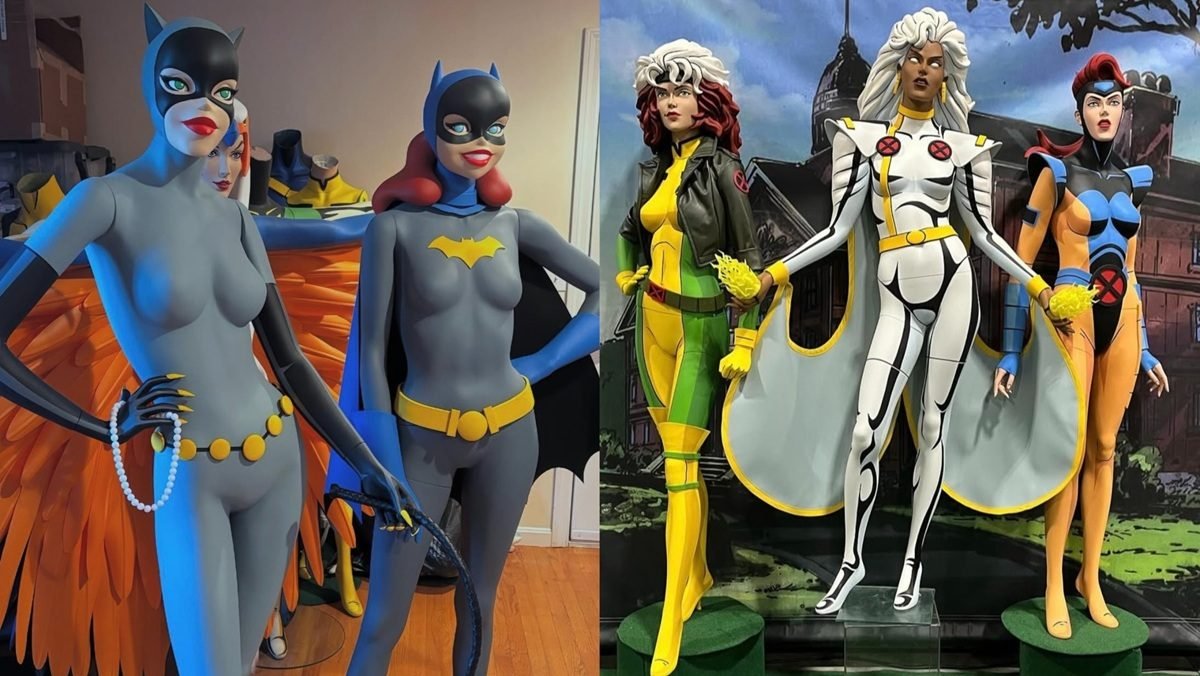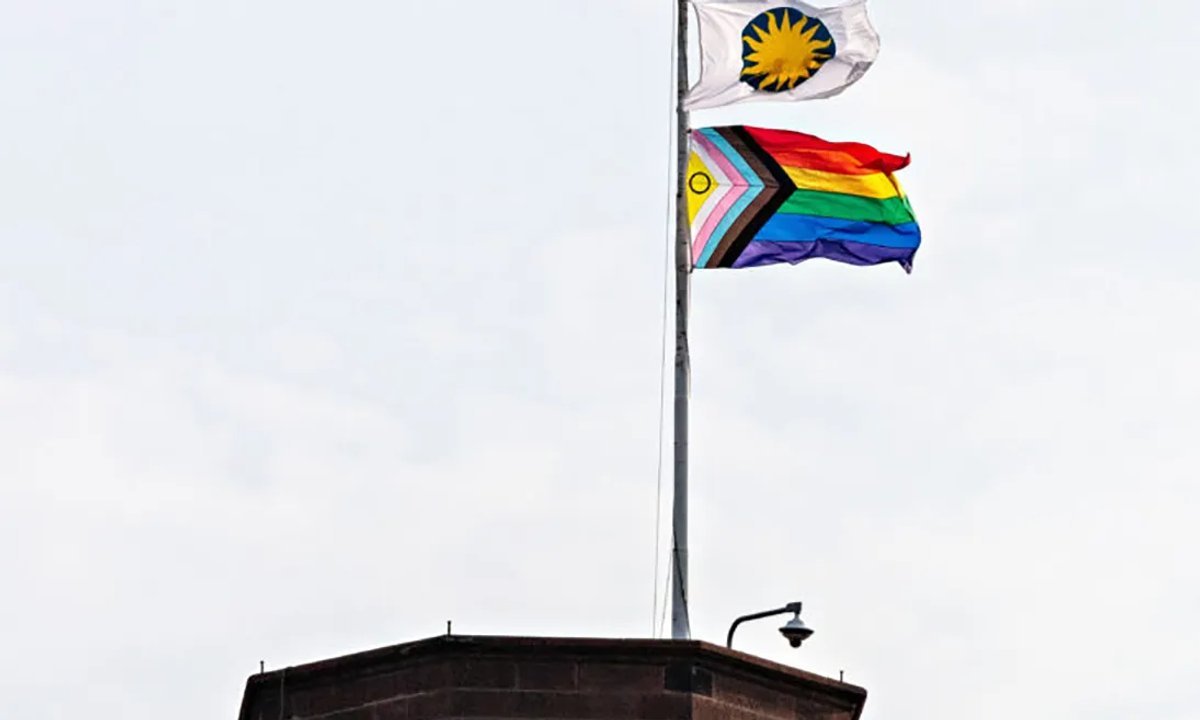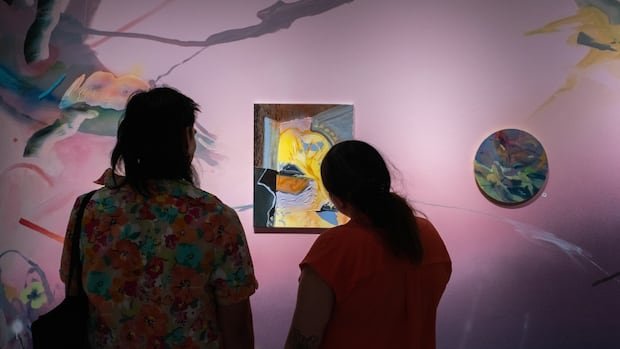Belkis Ayón. Resurrección (Resurrection). 1998. Collagraph on nine sheets of paper, overall 9′ 13/16″ × 7′ 1″ (276.5 × 215.9 cm). Unpublished. Printer: the artist, Instituto Superior de Arte (ISA), Havana, Cuba. Edition: 4. Riva Castleman Endowment Fund. The Museum of Modern Art, New York. © 2024 Belkis Ayón. Courtesy of the Artist’s Estate. Digital image © 2024 The Museum of Modern Art, New York, photo by Robert Gerhardt
Exhibition Includes Over 100 Works by Artists Who ExploredAbstraction and the Body in the 20th Century
Vital Signs: Artists and the Body
Nov 3, 2024–Feb 22, 2025
Floor 3, 3 East
The Museum of Modern Art presents Vital Signs: Artists and the Body, on view from November 3, 2024, through February 22, 2025. The international, cross-generational group of artists in this exhibition use depictions of the body to address the question of what it means to be an individual within society—and how socially sustained categories of gender, race, and identity are rooted in abstraction. Vital Signs presents over 100 works by approximately 65 artists, primarily drawn from the Museum’s collection. A majority of works in the exhibition were made by artists who are women or gender-expansive, highlighting ways in which human forms and gender intersect in these artists’ practices. While the exhibition includes celebrated works from the Museum’s collection, new acquisitions will provide fresh perspectives—as will lesser-known collection works that will be on view for the first time. Vital Signs is organized by Lanka Tattersall, Laurenz Foundation Curator, Department of Drawings and Prints, with Margarita Lizcano Hernandez, Curatorial Assistant, Department of Drawings and Prints.
“Vital Signs suggests an expanded account of abstraction in the 20th century by exploring the work of artists for whom the bodily and the abstract are deeply intertwined,” said Tattersall. “Full of life, the exhibition aims to illuminate some of the ways that artists have reflected on abstraction in its broadest social senses while expanding ideas around what it means to be alive and connect with others.”
For some artists in the exhibition, the body can be used to project, distort, and create identities for ourselves and others through acts of play, empathy, or control. Claude Cahun’s photomontage of self portraits, M.R.M (Sex) (c. 1929–30) takes the face as a point of departure in a work that suggests the refusal of a single, categorizable identity. Later artworks similarly explore notions of the self though multiple lenses, including Adrian Piper’s Food for the Spirit (1971) and Lynn Hershman Leeson’s Roberta’s Construction Chart #2 (1976). Margo Humphrey’s print The History of Her Life Written Across Her Face (1991) details a spectrum of the artist’s life experiences rendered as texts and symbols inscribed across the face of a central figure.
Other artists focus on the interior materiality of the body through its physical and imagined constitution of muscles, genes, hormones, scars, and bones. They also examine flows of desire and vulnerability, pointing to abstract states of experience, genealogies, and desiresthat have tangible manifestations in the everyday. Frida Kahlo’s My Grandparents, My Parents, and I, for example, utilizes a diagrammatic abstraction of a family-tree diagram. Works that explore the materiality of the body and its gendered implications include a selection of intimate drawings by Christina Ramberg, Rosemary Mayer’s diaphanous yet commanding sculpture Galla Placidia (1973)—a new acquisition to the collection—and Lorna Simpson’s poignant series of photographs, Untitled (1992), among others. A film and notebooks by Greer Lankton from the late 1970s reveal an artist whose sense of self was in ongoing transformation.
A number of artists have brought together abstraction and the human form as a means to imagine how boundaries between the human and non-human might be transcended, often through a fantastical merging with other animals or entities. From Thelma Johnson Streat’s jewel-like Rabbit Man (1941), through a constellation of works by Birgit Jürgenssen, to the imposing and intricate figure of Mrinalini Mukherjee’s Yakshi (1984), artists harness vibrant intersections of abstraction and figuration as a means to explore various forms of transcendence, whether as an escape from the limitations of the body or as a means to delight in and play with those same limitations, as a kind of freedom. Rarely seen works such as Bhupen P. Khakhar’s Kali (1965), which will be on view for the first time at MoMA, suggest the proximities between the human and the sacred, while important new acquisitions like Belkis Ayón’s Resurrection (Resurrección) (1998) and Ted Joans’s Long Distance (1976–2005)—a more than 30-foot-long exquisite corpse drawing with over 130 contributors from around the globe—imagine new relationships between the individual and the collective.
PUBLICATION:
The accompanying publication takes MoMA’s collection as a starting point for aconsideration of abstract art in the twentieth century, exploring its intimate ties to the complex, ecstatic, and contradictory experience of having a body. An introductory essay by Lanka Tattersall explores the intertwining of abstraction and figuration in modern art as it converges with feminist, queer, and Black studies; contributions by the poet and artist Precious Okoyomon and Lambda Literary Award-winning writer Cyrus Dunham bring new language to bear on the relationship between our outer forms and inner lives. 148 pages, 180 color illustrations. Hardcover, $55. ISBN: 978-1-63345-165-0. Published by The Museum of Modern Art, New York, and available at MoMA stores and online at store.moma.org. Distributed to the trade through ARTBOOK|D.A.P. in the United States and Canada, and through Thames & Hudson in the rest of the world.
SPONSORSHIP:
Leadership support for the exhibition is provided by the Jon Stryker Endowment and the Wallis Annenberg Director’s Fund for Innovation in Contemporary Art.
Major funding is provided by the Leontine S. and Cornell G. Ebers Endowment Fund and The International Council of The Museum of Modern Art.
Additional support for the exhibition is provided by the Annual Exhibition Fund. Leadership contributions to the Annual Exhibition Fund, in support of the Museum’s collection and collection exhibitions, are generously provided by Jerry I. Speyer and Katherine G. Farley, Sue and Edgar Wachenheim III, the Sandra and Tony Tamer Exhibition Fund, the Kate W. Cassidy Foundation, Alice and Tom Tisch, the Marella and Giovanni Agnelli Fund for Exhibitions, The Contemporary Arts Council of The Museum of Modern Art, Eva and Glenn Dubin, Mimi Haas, The David Rockefeller Council, Anne and Joel Ehrenkranz, Kenneth C. Griffin, The International Council of The Museum of Modern Art, Marie-Josée and Henry R. Kravis, and Jo Carole and Ronald S. Lauder. Major funding is provided by The Sundheim Family Foundation.
The Bloomberg Connects digital experience is made possible through the support of Bloomberg Philanthropies.
Major support for the publication is provided by The Museum of Modern Art’s Research and Scholarly Publications endowment established through the generosity of The Andrew W. Mellon Foundation, the Edward John Noble Foundation, Mr. and Mrs. Perry R. Bass, and the National Endowment for the Humanities’ Challenge Grant Program. Additional funding is provided by the Contemporary Drawing and Print Associates.






